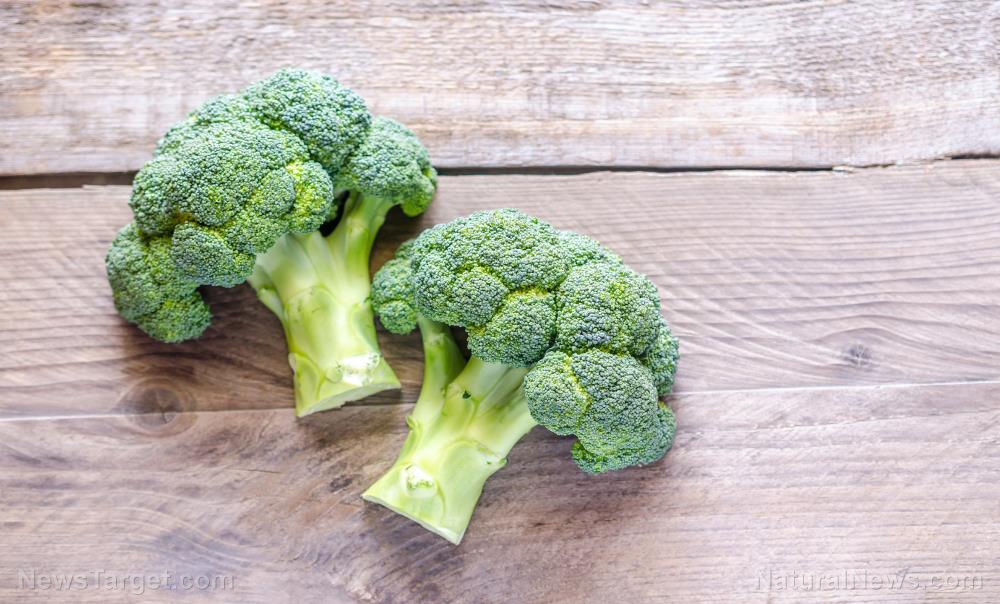
Broccoli is one of the many vegetables in the Brassica family. Also called cruciferous vegetables for the cross-like shape of their flowers, these plants include the likes of cauliflower, cabbage, garden cress, and Brussels sprouts.
Cruciferous vegetables are one of the most widely grown and consumed food crops around the world. They have high amounts of vitamin C, which helps protect against infectious disease, as well as soluble fiber that cleanses the gut.
These vegetables also have numerous nutrients and phytochemicals. Many of these plant-based compounds exhibit strong bio-activity that can support the healthy functions of the human body. (Related: A beginner’s guide to growing your own broccoli.)
Broccoli prevents oxidation, manages blood sugar, and fights cancer
Broccoli contains several very useful phytochemicals. First, it has large amounts of glucosinolates and vitamin C. These two substances are antioxidants that scavenge free radicals responsible for oxidative stress. Preventing oxidation means cells of important tissues and organs are protected from damage caused by oxidative stress.
Second, broccoli has sulforaphane, a sulfur-based compound that reduces the production of glucose while also improving the efficiency of its conversion. The end result is improved blood sugar levels, which is great for diabetics who have trouble controlling their glucose levels.
Last but not least, broccoli – and pretty much any cruciferous vegetable – lowers the risks of contracting cancer. The above-mentioned sulforaphane is a powerful anti-cancer compound, in addition to also being a strong antioxidant. Eating broccoli can protect your bladder, lung, and prostate from developing cancerous growth.
The best way of preparing and consuming broccoli
For the most nutritious results, either eat raw broccoli or steam it at the most. Uncooked broccoli florets are a very healthy addition to any salads.
If you want a hot meal, steam the florets very lightly. Add a light amount of olive oil for flavor and extra nutrition.
Extensive cooking might make food more palatable, but it also tends to destroy or leach nutrients. Vegetables are highly vulnerable to this nutrient loss.
Broccoli loses 60 percent of its phenolic content if you boil it. Furthermore, the vitamin C and the glucosinolates in the vegetable will dissolve in water. Vitamin C is also very vulnerable to heat.
You can preserve the vitamin C in broccoli by refrigerating the vegetable. If you do boil it, see if you can reuse the cooking water so that the nutrients in it do not go to waste.
The florets are more nutritious than the stalks (and tastier, too)
So what is the more nutritious part of broccoli? The floret top, or the stalks?
A study conducted by the University of California - Berkeley showed that the seeds and florets of broccoli contained most of its bioactive compounds. The florets were reported to have two or three times the amount of glucosinolates in the stalks.
Broccoli florets also have around twice as many polyphenols as the stems. Finally, the tops have more texture thanks to their fiber, as well as more flavor due to the larger amounts of phytochemicals present.
Still, waste not, want not. Since the stalks do not have that much in the way of nutrition, the usual cooking taboo does not apply. Feel free to chop up broccoli stems for stir-fry or meals that mix vegetables and rice.
If you would like to know more about the health benefits of eating cruciferous foods, visit FoodScience.news.
Sources include:
Please contact us for more information.























